What Makes Toned Paper with White Chalk So Effective?
When it comes to elevating traditional drawing techniques, few approaches are as satisfying and visually rich as working on toned paper with white chalk. This classical method allows artists to depict both light and shadow in a single pass—using the mid-tone of the paper as a neutral base. The result is work that feels instantly dimensional, luminous, and sculptural, even with minimal strokes.
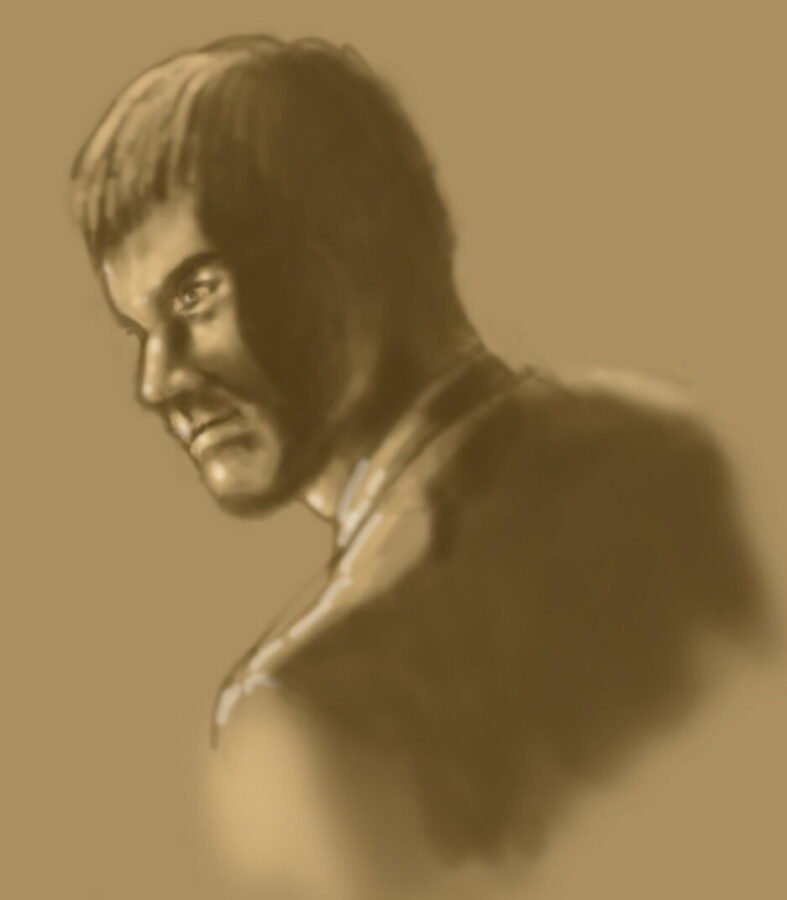
credit: JPRATANA
In this post, we’ll explore how toned paper and white chalk work together to bring out depth and form, how to prepare your materials, and what techniques will help you achieve maximum impact with minimal effort.
Unlike white paper, toned paper occupies the middle ground on the value scale. That means you can build shadows with a dark medium like charcoal or graphite and add light with white chalk—essentially pushing values in both directions.
This method enables:
- Greater tonal control with fewer materials
- Natural-looking transitions between light and shadow
- Dramatic, sculptural highlights that pop off the page
- Enhanced edge hierarchy and form modeling
Whether you’re working on portraits, still life, or figure studies, using toned paper with white chalk lends your drawings an old-world elegance and tactile energy.
Choosing the Right Toned Paper
Not all toned paper is created equal. The ideal paper provides enough tooth for layering but allows smooth control of your drawing tools.
Look for:
- Neutral mid-tones: gray, tan, ochre, or sepia are popular choices
- Texture: medium-tooth papers hold both chalk and charcoal without over-blending
- Durability: heavyweight drawing paper resists warping from fixatives or erasing
- Archival quality: acid-free options are best for long-term work
Popular brands offer sketch pads specifically designed for mixed media or chalk-based work. Try several tones to find which best suits your subject and style.
Essential Tools for White Chalk and Shadow Drawing
The beauty of this technique is its simplicity. You only need a small set of carefully chosen tools:
- White chalk or pastel pencils: for highlights; choose soft grades for strong opacity
- Charcoal or soft graphite pencils: to define shadows and contours
- Blending stumps or tissue: to soften transitions without smearing
- Erasers: a kneaded eraser for lifting and a vinyl eraser for precision cleanup
- Fixative spray: optional but useful for preventing smudging and setting finished work
If you’re working digitally, you can emulate this with textured brushes and gray backgrounds in software like Procreate or Photoshop.
Structuring the Drawing: Light Logic and Form
Before beginning any drawing, observe how light falls across your subject. Knowing where the light source is will help you determine where to apply your white chalk for emphasis.
Key areas to highlight:
- Forehead, cheekbones, and nose bridge in portraits
- Upper planes of still life objects
- Protruding muscles and bones in figure studies
- Edge lighting and ambient reflection in dramatic compositions
Block in your shadow structure first using charcoal or graphite, keeping values soft and generalized. Once the shadow shapes are solid, layer in white chalk to build highlights. Let the tone of the paper carry the mid-range—it’s your invisible third tool.
Sketchbooks.org | VISUAL RESEARCH HUB
Toned Paper with White Chalk
Visual research is critical for any creative endeavor. We have compiled specialized links to lead you directly to images, videos, and inspiration for "Toned Paper with White Chalk" across the web's best visual search platforms.
Techniques for Subtle Transitions and Bold Impact
To get the most from the toned paper with white chalk method, balance is everything. Too much white chalk can flatten a drawing, while too little can dull its dimensional quality.
Try these techniques:
- Feathering: use light, controlled strokes to build value gradually
- Scumbling: add texture with broken white marks to imply light grain or reflection
- Lifting: use a kneaded eraser to lift dark areas for midtone recovery
- Directional hatching: align lines with the form to reinforce volume
- Highlight restraint: reserve your brightest marks for focal points
Experimentation helps you understand where minimalism sings and where detail strengthens your design.

Sketchbooks.org | FEATURED ARTISTS
Abz Sketchbook Worlds
A Lifelong Journey in Lines and Layers The sketchbook gallery of Abz is not merely a collection of drawings—it’s a living archive of a life steeped in observation, reflection, and devotion to the daily act...
Frequently Asked Questions
What is toned paper used for in drawing?
Toned paper serves as a mid-value base, allowing artists to push both highlights and shadows for enhanced dimensionality.
Why use white chalk on toned paper?
White chalk allows you to add highlights over the mid-tone base, creating a dynamic value range.
Can I use colored toned paper for this technique?
Yes, neutral or muted colors like gray, tan, or olive work best without overwhelming the drawing.
What’s the difference between chalk and pastel?
Chalk is generally harder and more controlled, while pastels are softer and offer stronger pigmentation.
Is charcoal or graphite better for shadow work?
Charcoal offers richer darks and more blendability, while graphite provides smoother lines and control.
How do I prevent smudging when using toned paper?
Work from top to bottom, use fixative if needed, and place a clean sheet under your drawing hand.
Can beginners try this technique?
Absolutely—it’s a forgiving method that teaches light logic and contrast beautifully.
Is this method suitable for digital drawing?
Yes—using textured brushes and mid-tone backgrounds can replicate the look digitally.
Final Thoughts
Working with toned paper and white chalk is like sculpting with light. By letting the paper do half the work, you gain powerful efficiency and elegance in your drawing process. Whether you’re building up dramatic portraits or exploring figure studies with subtle transitions, this classical method teaches you to see values, edges, and form in a whole new way.
The contrast between rich shadow and luminous highlight is what gives art its life. So next time you open your sketchbook, try switching to gray or tan paper. Let the tone carry your mids, build your shadows with depth, and crown your forms with light. The results might surprise you—and they’ll surely improve your understanding of form and balance.
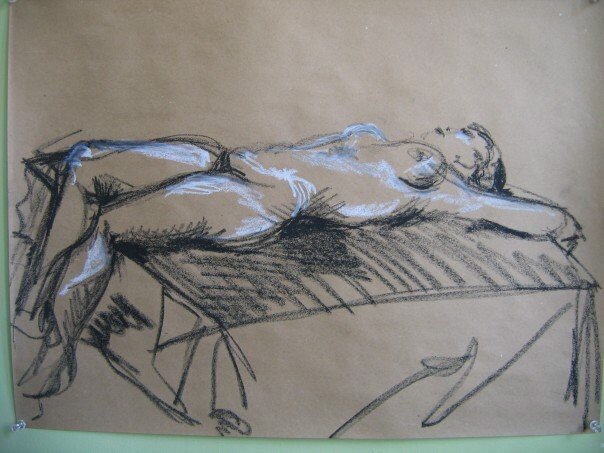
credit: DEEDOUBLEYOU
Ready to Share Your Work?
What is your preferred sketchbook size?
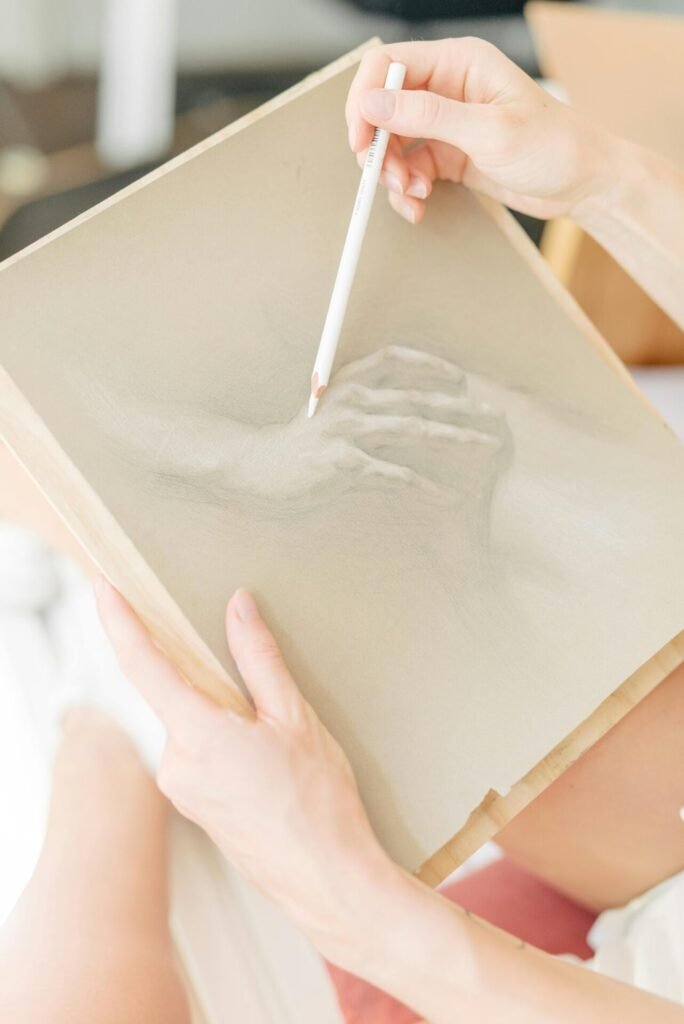
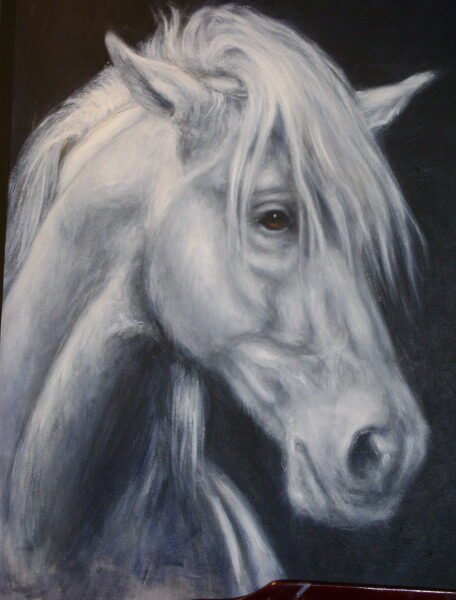
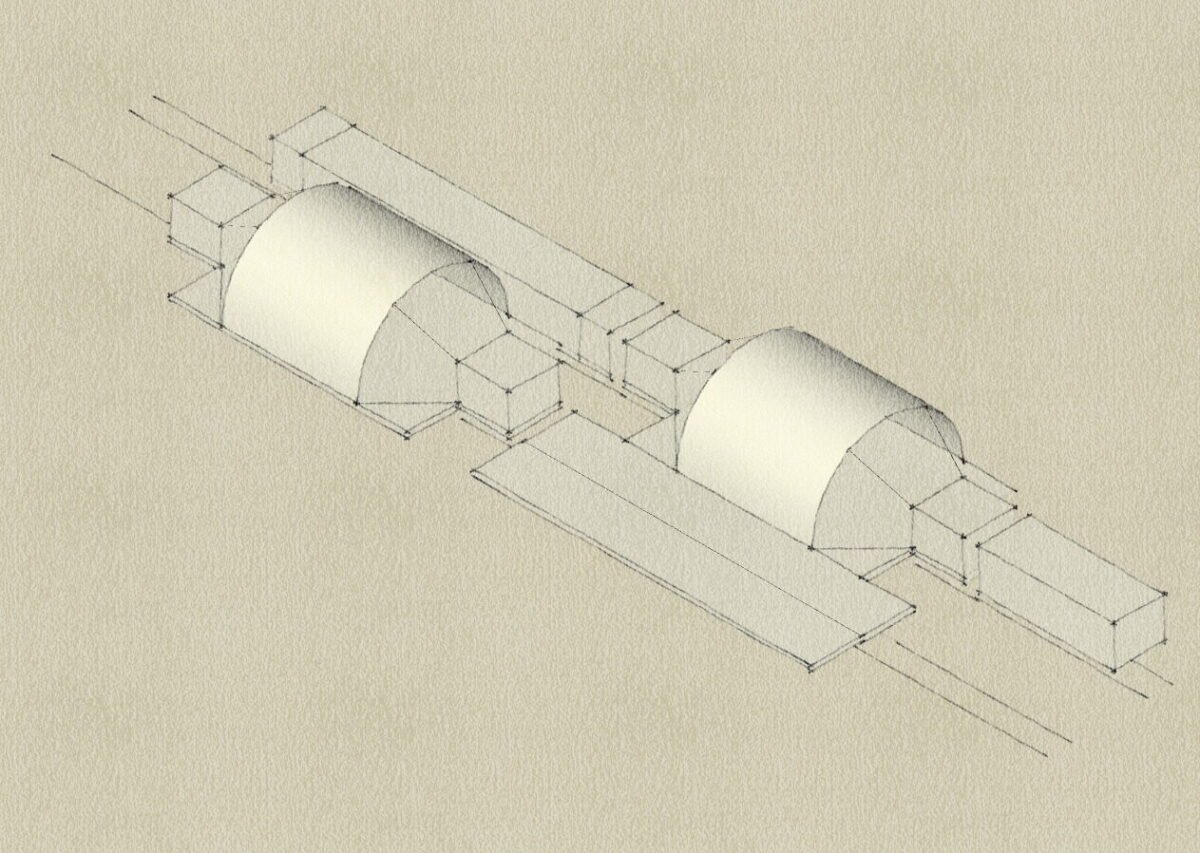

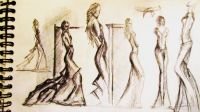

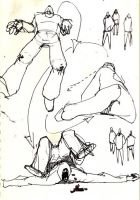

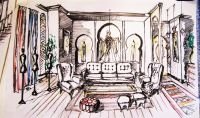
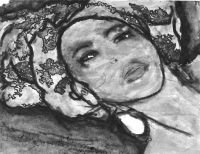
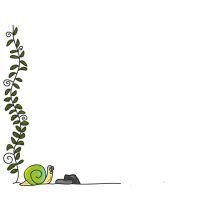


the paper you choose matters
picked up a gray sketchpad
I want to experiment… Amazon!